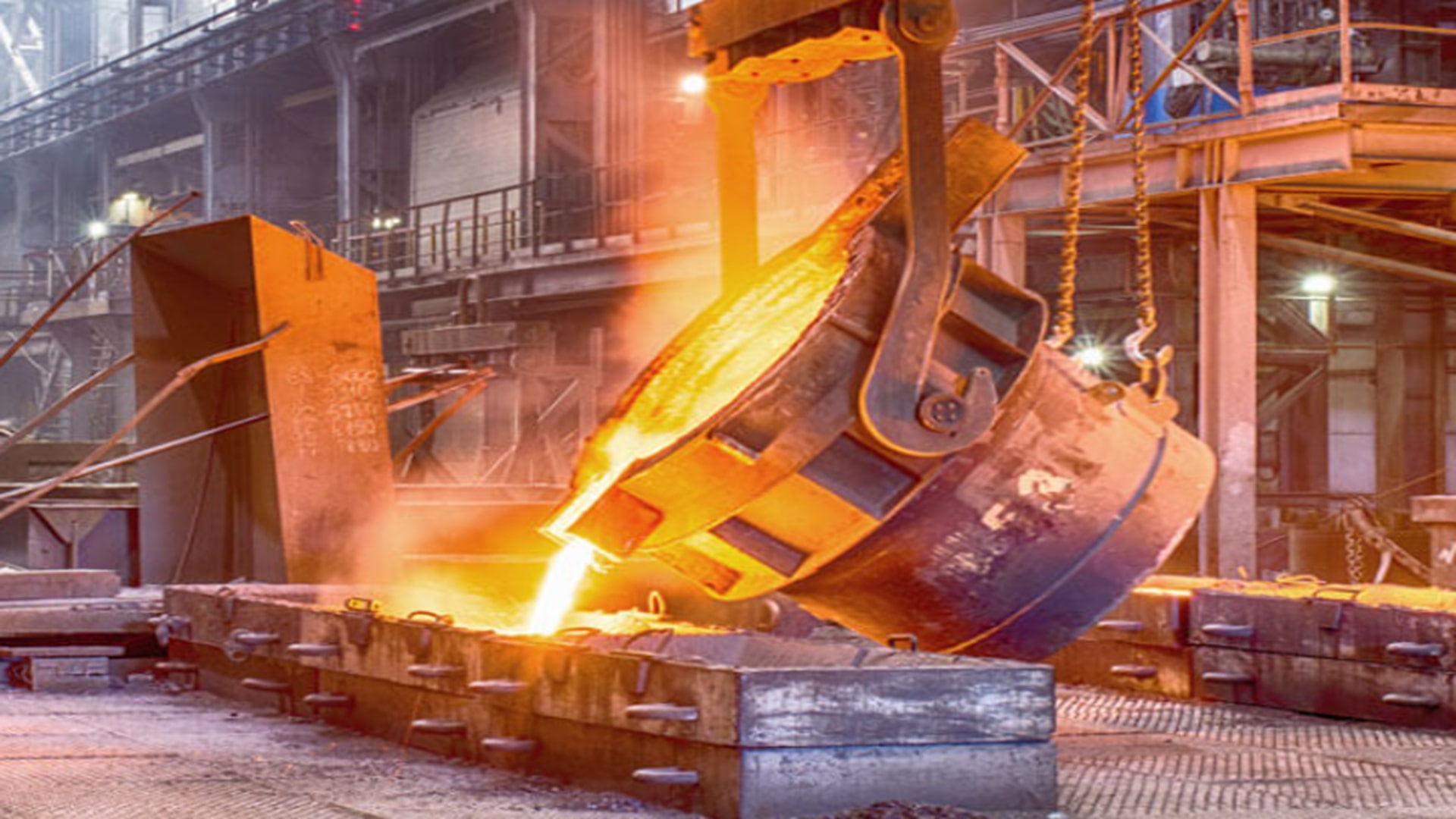The latest market report published by Credence Research, Inc. “Global Airfield Lighting Market: Growth, Future Prospects, and Competitive Analysis, 2022 – 2030. Airfield lighting is the lighting system used to ensure the safe and efficient working of air terminals and adjacent utilities. The system consists of a variety of lights used for various applications on the landing runways, as well as a variety of other utilities at the air terminals at night and during inclement weather.
Airfield lighting has witnessed a surge in demand, and the current trends reflect exciting advancements in this market. The rapid growth of the aviation industry coupled with increasing air traffic worldwide has fueled the need for efficient and technologically advanced lighting systems to ensure safe aircraft operations during day or night. LED technology is one of the prominent trends dominating the airfield lighting market currently. With their energy-saving attributes, long lifespan, and superior brightness, LEDs have become a preferred choice over traditional incandescent lights. Moreover, these lights offer enhanced visibility and better color rendering capabilities that enable pilots to navigate runways more effectively even in adverse weather conditions. Another noteworthy trend is the integration of smart controls in airfield lighting systems, enabling remote monitoring and control via wireless networks or mobile applications.
Thereby, airfield lighting has become a fundamental part of the general aviation terminal administration. Airfield lighting is classified into runway lighting, taxiway lighting, approach lighting, and apron lighting systems based on their locations and applications. The overall lighting system is controlled through a centralized command system in order to ensure optimum operational effectiveness.
Airfield Lighting Market is a crucial sector within the aviation industry, dedicated to enhancing the safety and operational efficiency of airports and airfields. This market encompasses a wide range of lighting solutions and systems designed for runways, taxiways, aprons, and other critical areas at airports. Airfield lighting is essential for enabling safe aircraft movements during low visibility conditions, such as fog or night operations. Key components of the market include runway edge lights, taxiway lights, approach lighting systems, and precision approach path indicators (PAPI). With the global growth in air travel and the need for increased airport capacity, there is a continuous demand for advanced airfield lighting technologies.
Modernization efforts are driving innovations in energy-efficient LED lighting, smart lighting control systems, and the integration of sensors for improved monitoring and maintenance. Moreover, the Airfield Lighting Market plays a vital role in enhancing the overall safety and reliability of air travel, contributing significantly to the seamless operation of airports worldwide. As airports strive to meet the evolving demands of the aviation industry and adhere to stringent safety regulations, the market continues to offer growth opportunities for manufacturers, service providers, and technology innovators in the field of airfield lighting.
Browse 245 pages report Airfield Lighting Market By Type (Runway Lighting, Taxiway Lighting, Approach Lighting, Apron Lighting), By Technology (Non-Led, Led) – Growth, Future Prospects, And Competitive Analysis, 2017 – 2025 https://www.credenceresearch.com/report/airfield-lighting-market
List of the prominent players in the Airfield Lighting Market:
- Honeywell International, Inc.
- Avionics Ltd.
- Avlite Systems Ltd.
- ABB Ltd.
- Hella KGaA Hueck & Co.
- Eaton Corporation PLC
- ATG Airports, Inc.
- Voila GmbH
- Carmanah Technologies Corp.
- Goodrich Lighting Systems GmbH
The Airfield Lighting Market continues to experience growth worldwide, driven by several key factors:
Increasing Air Travel: The global aviation industry has been steadily growing, with a rising number of passengers and cargo shipments. This growth in air traffic necessitates the expansion and modernization of airports and airfields, including their lighting systems.
Safety Regulations: Stringent safety regulations and standards set by aviation authorities and organizations like the International Civil Aviation Organization (ICAO) and the Federal Aviation Administration (FAA) require airports to maintain and upgrade their lighting systems to ensure safe aircraft movements, especially during adverse weather conditions and at night.
Technological Advancements: The adoption of advanced technologies, particularly energy-efficient LED lighting, smart lighting control systems, and sensors, has improved the efficiency and reliability of airfield lighting. These innovations enhance visibility, reduce energy consumption, and lower maintenance costs.
Airport Expansion and Construction: The expansion of existing airports and the construction of new ones in emerging markets drive the demand for airfield lighting systems. Developing countries, in particular, are investing in their aviation infrastructure to accommodate growing air traffic.
Modernization Initiatives: Many airports are undertaking modernization initiatives to improve their operational efficiency and passenger experience. Upgrading airfield lighting is often a crucial part of these projects.
Rising Air Cargo Operations: The growth of e-commerce and global trade has led to an increase in air cargo operations. Efficient airfield lighting is essential for cargo handling and night operations.
Global Tourism: The growth of global tourism contributes to increased passenger traffic at airports. Well-lit runways and taxiways are essential for handling this influx of tourists.
Environmental Concerns: Airports are increasingly adopting energy-efficient lighting systems as part of their sustainability efforts. LED technology, for instance, reduces energy consumption and lowers greenhouse gas emissions.
Why to Buy This Report-
- The report provides a qualitative as well as quantitative analysis of the global Airfield Lighting Market by segments, current trends, drivers, restraints, opportunities, challenges, and market dynamics with the historical period from 2016-2020, the base year- 2021, and the projection period 2022-2028.
- The report includes information on the competitive landscape, such as how the market’s top competitors operate at the global, regional, and country levels.
- Major nations in each region with their import/export statistics
- The global Airfield Lighting Market report also includes the analysis of the market at a global, regional, and country-level along with key market trends, major player analysis, market growth strategies, and key application areas.
Browse Full Report: https://www.credenceresearch.com/report/airfield-lighting-market
Visit: https://www.credenceresearch.com/
Related Report: https://www.credenceresearch.com/report/aircraft-windshield-wiper-systems-market
Related Report: https://www.credenceresearch.com/report/5g-infrastructure-in-aerospace-and-defense-market
Browse Our Blog: https://www.linkedin.com/pulse/airfield-lighting-market-size-industry-share-growth-demand-singh
About Us –
Credence Research is a viable intelligence and market research platform that provides quantitative B2B research to more than 10,000 clients worldwide and is built on the Give principle. The company is a market research and consulting firm serving governments, non-legislative associations, non-profit organizations, and various organizations worldwide. We help our clients improve their execution in a lasting way and understand their most imperative objectives. For nearly a century, we’ve built a company well-prepared for this task.
Contact Us:
Office No 3 Second Floor, Abhilasha Bhawan, Pinto Park, Gwalior [M.P] 474005 India










